Critically ill with bee sting
Accordingly, a 90-year-old female patient was stung 126 times by a wasp and a 61-year-old male patient was stung nearly 300 times by a bee.
The first case is patient LTH (90 years old in Ý Yên, Nam Định). According to her family, on the afternoon of September 2, she went to the garden to cut banana trees and was stung many times all over her body by a man. Her family took her to Military Hospital 5.
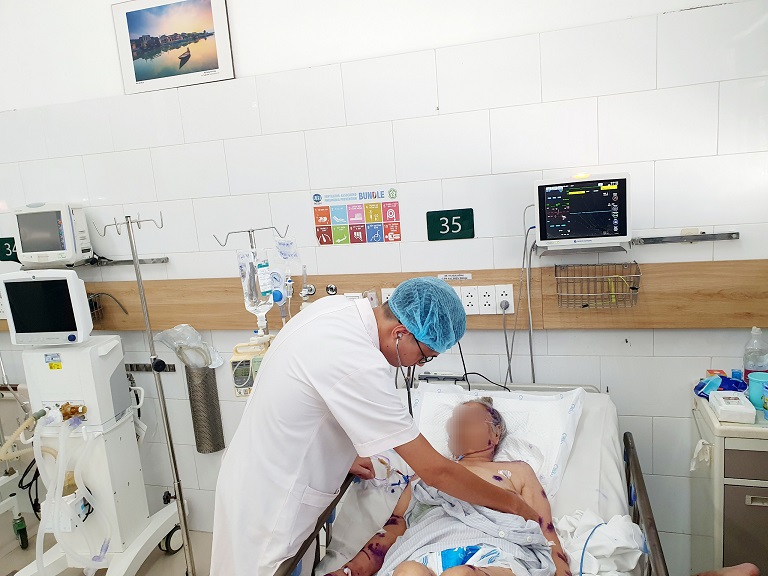
Bee stings require prompt and proper first aid (photo source Bach Mai Hospital).
Here the patient was diagnosed with: Grade 2 anaphylaxis due to bee sting/complication of multiple organ failure.
The patient's condition worsened and he was transferred to the Poison Control Center - Bach Mai Hospital on the night of September 2 in critical condition: skeletal muscle damage, liver damage, blood clotting disorder, thrombocytopenia, kidney failure, heart failure, and was treated intensively, including resuscitation, blood filtration, and detoxification measures.
After 3 days of intensive care and special care, the patient is gradually recovering and progressing well.
The second case is patient NTN (61 years old in Dong Anh, Hanoi). On August 29, while walking in the yard, he was attacked by a swarm of bees, the swarm numbered several thousand and his family had to use mosquito spray to rescue him from the swarm.
However, he was stung by nearly 300 bees and was taken to the hospital by his family in a state of massive poisoning: red blood cells were broken, muscles and eyes were damaged.
However, due to being brought to the hospital early and receiving intensive treatment: plasma exchange, continuous blood filtration, mechanical ventilation, etc., after 1 week of treatment, he has passed the critical stage and is gradually recovering.
Dr. Nguyen Trung Nguyen - Director of the Poison Control Center said: In Vietnam, especially in the North, the number of patients being stung by bees and hospitalized increases sharply in the fall with many types of bees containing toxins such as hornets, hornets, hornets, etc.
It is noteworthy that when we work or come into contact with the natural environment, we are often stung by bees in large numbers and are very susceptible to poisoning.
Bee venom harms all organs in the body and requires early and active treatment at the primary health care facility. Severe cases should be transferred to a higher level for timely intervention.
Doctor Nguyen recommends a very simple treatment method right in the community. After being stung by a bee, people should drink enough water, especially water containing minerals, salt, broth, orezol, and immediately take the victim to a local medical facility.
The important treatment at the facility is to quickly replace enough fluids and water for the patient. More severe cases require careful assessment, examination, monitoring, blood filtration, and early plasma exchange if necessary.
Doctor Nguyen emphasized: “It is very important to replenish salt and water for the victim immediately after being stung by a bee. Active treatment at the front line by infusing enough fluids and actively diuresis is a vital factor to save the patient's life and limit life-threatening injuries.”
Steps to know
According to doctors, the victim needs to be removed from the area with bees as quickly as possible. Quickly remove the bee stinger from the victim's body. You can gently pick it up or use tweezers.
However, squeezing with your hands should be avoided as this action can cause the venom to spread further.
Next, you should help the patient clean the burned skin area with soap and warm water. Then, apply 70-degree alcohol antiseptic solution to the burn.
You can apply a cold compress to the sting. This is an effective way to help relieve pain and reduce swelling.
In addition, the patient must drink plenty of water. When drinking a lot of water, the bee venom will be excreted through urine, thereby helping the victim reduce the risk of multiple organ failure.
After performing the above first aid steps, the victim needs to be cared for and closely monitored.
Signs to see a doctor
If the following symptoms appear, the victim should be taken to a medical facility as soon as possible:
Stung by many bees in many places, especially in important areas such as face, head, neck,...
Identify the species of bee that stung the victim to estimate the toxicity. Some species of bees such as wild bees, hornets or hornets, etc. often have strong venom, very dangerous.
In case the person being stung has symptoms of severe pain, fatigue, even difficulty breathing, facial swelling, bloody urine, etc., the victim should be taken to the doctor immediately.
Source



![[Photo] Phuc Tho mulberry season – Sweet fruit from green agriculture](https://vstatic.vietnam.vn/vietnam/resource/IMAGE/2025/4/10/1710a51d63c84a5a92de1b9b4caaf3e5)

![[Photo] Prime Minister Pham Minh Chinh chairs meeting to discuss tax solutions for Vietnam's import and export goods](https://vstatic.vietnam.vn/vietnam/resource/IMAGE/2025/4/10/19b9ed81ca2940b79fb8a0b9ccef539a)

![[Photo] Unique folk games at Chuong Village Festival](https://vstatic.vietnam.vn/vietnam/resource/IMAGE/2025/4/10/cff805a06fdd443b9474c017f98075a4)
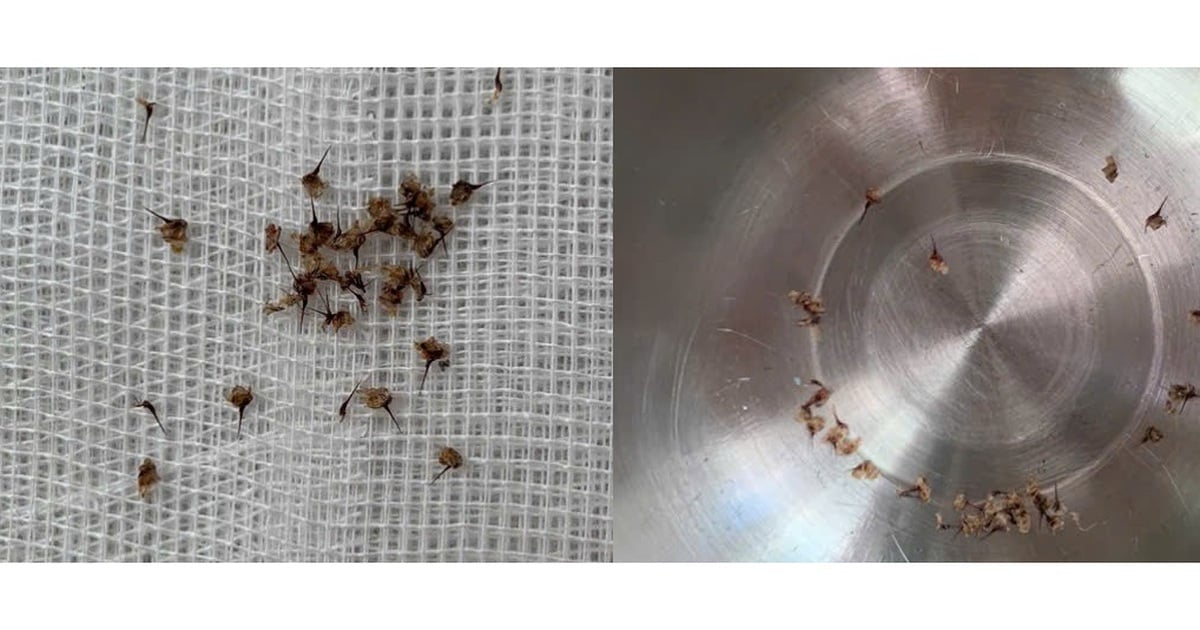



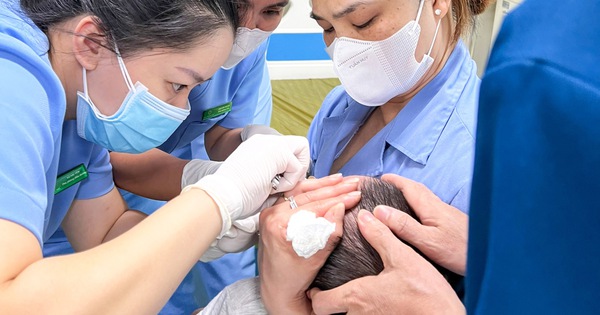



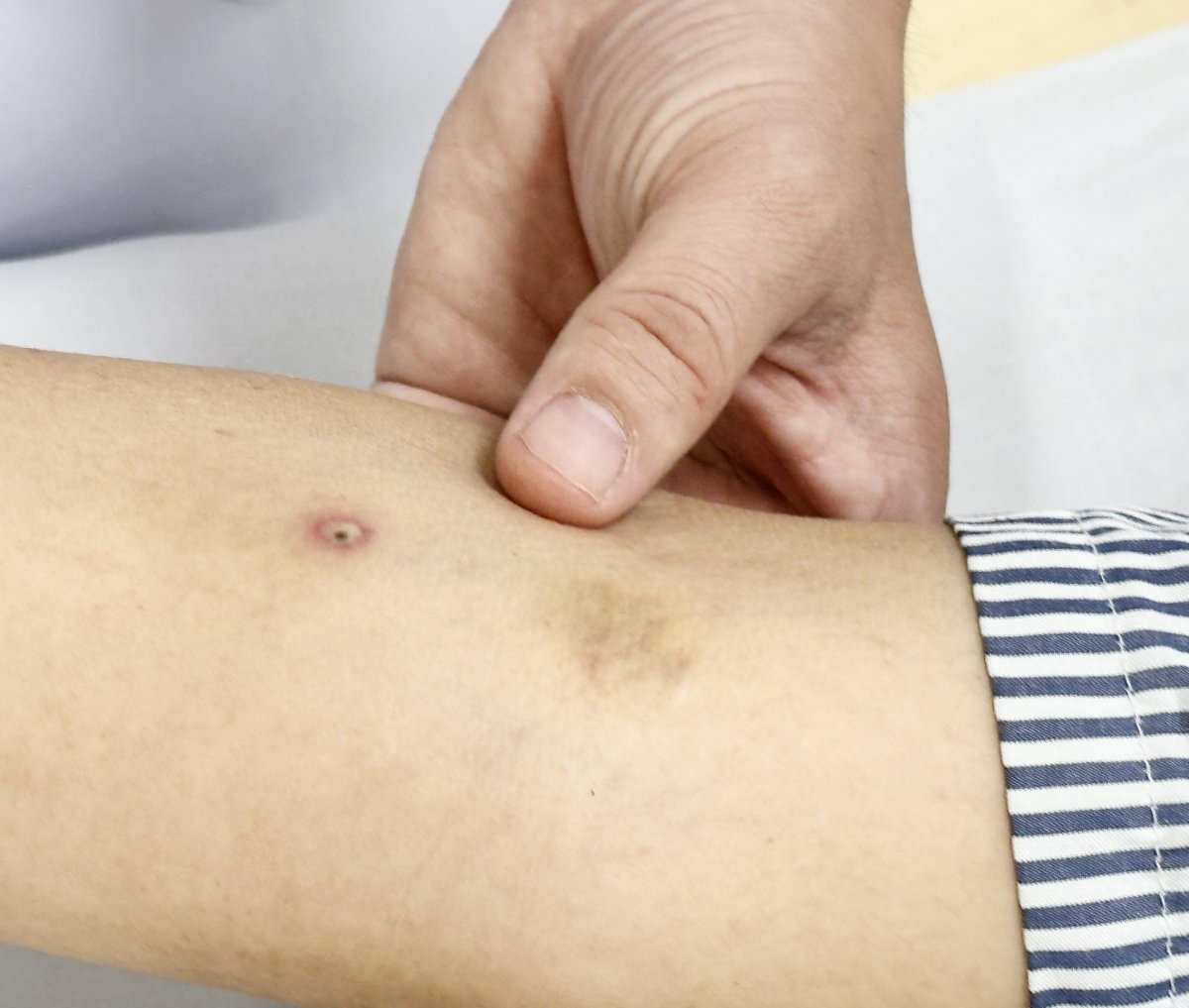

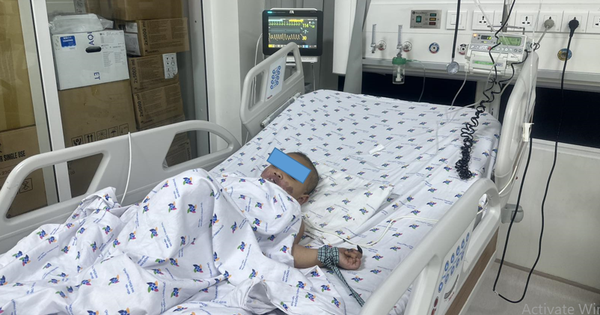











































































Comment (0)